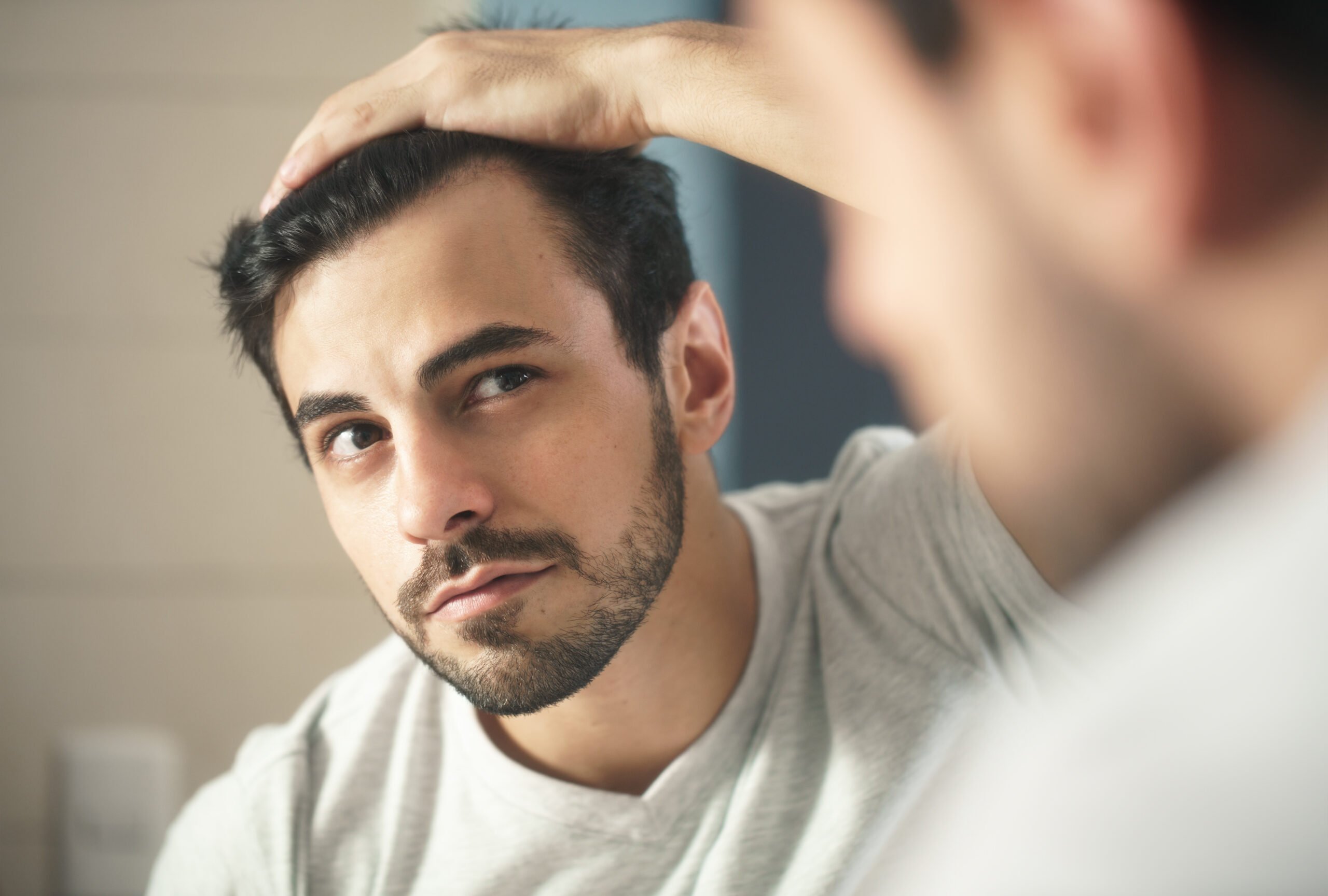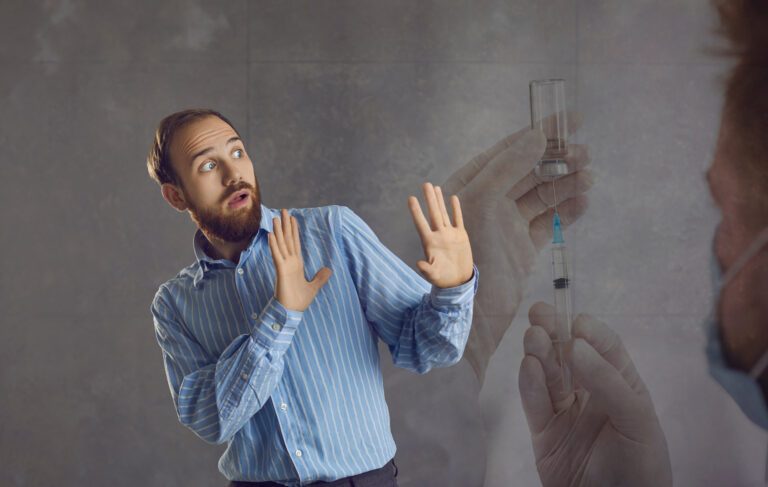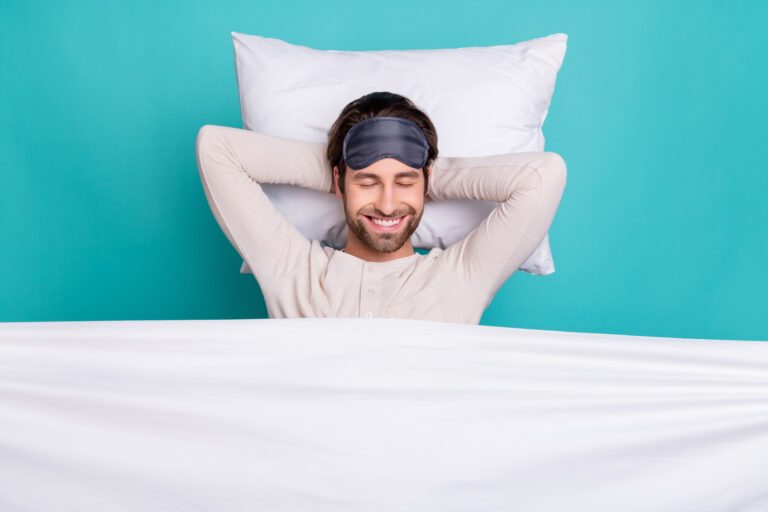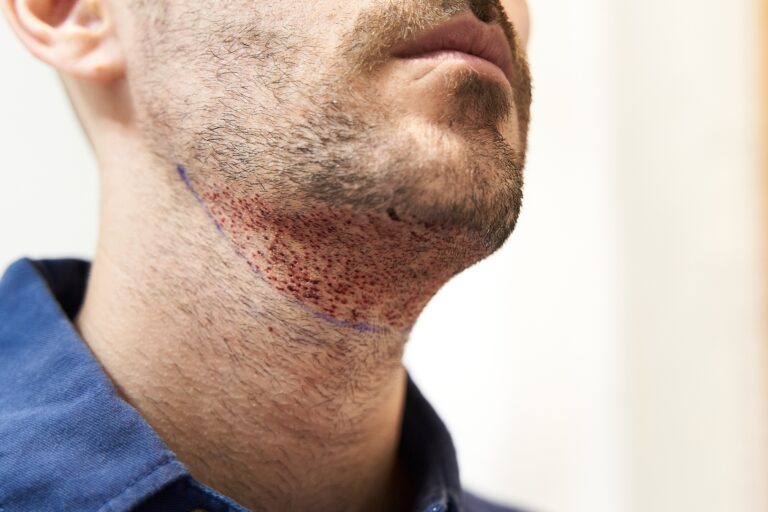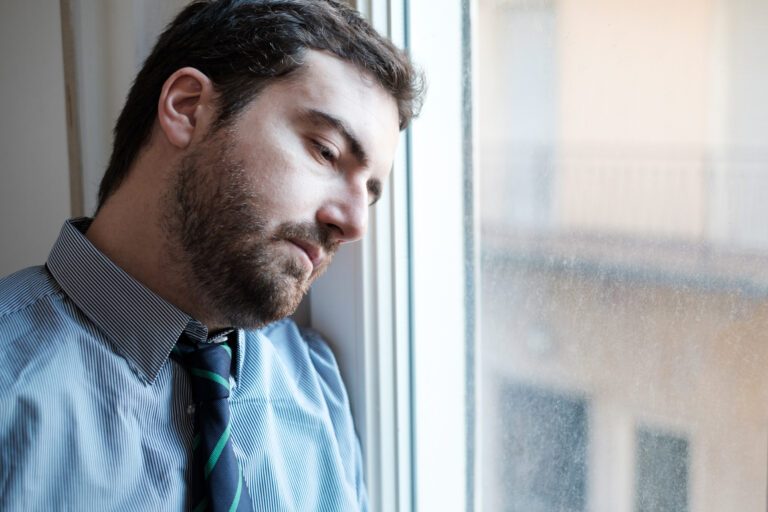Can Minoxidil (Rogaine) Fix Your Receding Hairline & Bald Patch?
Thick hair often reflects good health and a youthful look. It’s not surprising that we all want to retain that appearance as long as we can.
People normally want to reverse thinning hair, a bald patch, or a receding hairline. These are often changes associated with age, gender, or heredity. Fortunately, there are some tried and true treatments that could help in decreasing hair loss and increasing healthy hair growth.
If you’re looking for an effective treatment to restore the vivacity of your hair, then you’re probably wondering: Does Minoxidil work for receding hair?
Here’s the answer in full detail.
Does Minoxidil Work on Hairline?
Minoxidil first came out as a vasodilator intended to treat hypertension. Clinical studies on the drug showed that test subjects experienced a marked improvement in the appearance of their hair.
This prompted the biotechnologists to repurpose the drug as a hair treatment. Subsequent studies and testing focused on minimizing hair loss caused by androgenetic alopecia, which is the most common male baldness pattern.
The main area of observation was the crown of the head. That’s because it was the main area of concern for around 30-50% of adults above 50 years of age. It’s also common for younger males, as hair thinning can start at any age.
Interestingly, women are affected by this type of hair thinning just as men. The pattern of hair loss and onset might differ slightly between men and women, but the basic concerns were the same.
Hairline wasn’t an integral part of the initial testing stages of Minoxidil that led up to its getting FDA approval.
Various experts believe that receding hairline issues were similar to crown and scalp thinning hair issues. Thus, several doctors started prescribing Minoxidil off-label. The results were encouraging, but further testing was needed.
What Do Minoxidil Hairline Results Show?
To understand the test results of Minoxidil for improving thinning hairline, it’s best to start by explaining hair cycles.
What Is Hair Made From?
Hair consists of two main parts:
- The follicle, which is like the root of a plant, and it’s hidden beneath the top layer of the skin/scalp.
- The shaft, which is the visible hair that keeps on growing and eventually falls off.
Hair follicles are the vital parts of the hair, where new cells keep growing to regenerate the hair shaft. The root, bulb, or follicle of each hair receives nutrition from the body through an intricate network of blood capillaries. Its health is critical for the overall vivacity of the hair shaft.
Hair Cycles
Hair is a living thing that feeds, grows, and dies. A hair shaft normally goes through four distinct stages.
- The Anagen Phase
The hair follicle adds more length to the hair at this phase, and in a healthy person, the hair shaft becomes longer and stronger with time. It’s a dynamic phase where the hair is constantly changing.
This phase lasts from 2-6 years. To place some contrast here, body hair often stays for only two months in this state before falling off.
- The Catagen Phase
This is a phase of reversal, where the previously dynamic shaft slowly goes into a dormant state. The hair shaft sometimes loses its elasticity, looks dry, splits at the ends, and starts resembling hay, not hair.
The catagen phase ends within 2-6 weeks.
- The Telogen Phase
This is a fully dormant stage of the hair. The hair follicle halts all of its previous activity, and just waits for the hair shaft to drop off.
Once the hair enters the resting state of the telogen phase, it can stay suspended like that for a year. Around 10% of human hair is in a telogen resting state at any given time.
Various extraneous factors could drive more hair into that final phase, like serious infections, stress, fad diets, surgery, and fever. Excessive hair fall ensuing from these conditions is known as telogen effluvium.
- The Exogen Phase
At this point, the hair shedding starts, and the hair shaft falls off of its own volition, or at the slightest pull from a hairbrush.
It’s normal to see around 100 hairs falling on the pillow, in the bathtub, or clinging to the hairbrush. If the number increases to 300 hairs or more, that could lead to a thinning hair pattern.
Usually, the thinning hair caused by stress, malnutrition, or illness appears on the upper part of the scalp.
How Minoxidil Works
The exact mechanism by which Minoxidil works is still under examination. There are some pointers though that most specialists seem to agree on.
Minoxidil works on extending the anagen phase of the hair cycle, which is where the hair shaft becomes longer, thicker, and more vital.
While most hair growth treatments focus on reducing the male sex hormone dihydrotestosterone, or DHT, Minoxidil doesn’t affect DHT at all. It simply strengthens the hair and extends its lifespan.
Two in three men, or roughly 80% of users, report seeing significant hair growth after 12 months of using Minoxidil.
The Results of Applying Minoxidil on a Thinning Hairline
A recent study conducted on 16 healthy male subjects, covering the ages of 18 to 49, showed that applying Minoxidil foam 5% twice daily for eight weeks.
The results showed almost identical results for treating both the frontal and vertex scalp of AGA patients.
The test specimen was rather limited, and it didn’t include women, so further research is still needed. However, these initial results are backed by large amounts of anecdotal data supporting the same premise.
How to Use Minoxidil for a Receding Hairline?
Minoxidil comes in two basic forms; a topical solution and a foam. Each one is available in 2% and 5% concentrations to suit individual needs.
The main differences between the topical and foam Minoxidil formulations are the precision, ease of use, and possible side effects.
Minoxidil solution is often easier to apply on the specific area that needs treatment. Minoxidil foam is preferable in treating large patches of thinning hair. It’s still quite easy to apply on the hairline.
Some users report feeling that Minoxidil solution leaves their hair feeling greasy and sticky, which is not an issue with Minoxidil foam. Additionally, the topical solution has a higher propensity of causing an itch, redness, or slight discomfort in the scalp.
It’s a rare side effect though, so most users have the option of using either form of Minoxidil. A doctor’s input is essential as well.
Finally, the concentration of Minoxidil and recommended dosage have to be specified. Most people with a clear balding pattern, or clearly receding hairline opt for using Minoxidil 5% twice daily. Again, a physician’s input is needed to get the best possible results.
Does Minoxidil Work on Frontal Baldness
Minoxidil is often prescribed as a general treatment for all areas including frontal baldness. Some specialists claim that there’s a marked reduction in efficacy between treating bald patterns on the crown and frontal baldness. It’s mostly anecdotal though.
Rogaine, or Minoxidil, is still one of the best treatments for frontal baldness. Around 40% of the tested subjects reported seeing remarkable improvements after using Minoxidil %5 twice daily for four months.
It’s advisable to seek other types of medical testing and treatment if after six months of using Minoxidil users get little or no improvement in their frontal baldness.
How to Use Minoxidil for Frontal Baldness?
Minoxidil is used exactly the same way for frontal baldness as for vertex or crown baldness patterns. It’s actually easier to reach the target area when the hair thinning is at the front, which might be encouraging to many users.
The liquid, or topical solution of Minoxidil is easily absorbed through the top layer of the scalp, so it might be a good idea to go with that form. As for the concentration, most specialists choose the 5% variety to create a quicker more evident response.
Occasionally, using a supporting medicine, like finasteride, might render better results.
Possible Side Effects of Using Minoxidil
Using Minoxidil correctly, with the right dose and frequency, is associated with high success rates and rare side effects. Less than 3% of users experience some itching after using Minoxidil topical solution.
Here are some of the uncommon side effects to watch out for. It’s best to call a doctor if you experience any of these symptoms.
- Itching
- Skin rash
- Burning sensation on the scalp
- Hair loss
- Redness and inflammation
- Increase in facial hair
- Swelling in the face, hands, or legs
- Discomfort in the roots of the hair
- Dizziness
- Blurred vision
- Heaviness in the chest
Conclusion
Many factors contribute to the premature shedding of hair, resulting in having less hair in the crown, vertex, or temples. Quite often, this all starts with a thinning hairline.
Minoxidil is among the most popular treatments for thinning hair. Most users find it effective safe, and easy to use.
To get the best results, it’s essential to use Minoxidil regularly and with the required concentration. The physician or hair specialist can recommend the right protocol for each case. Users have the choice of using Minoxidil as a topical solution or foam.

